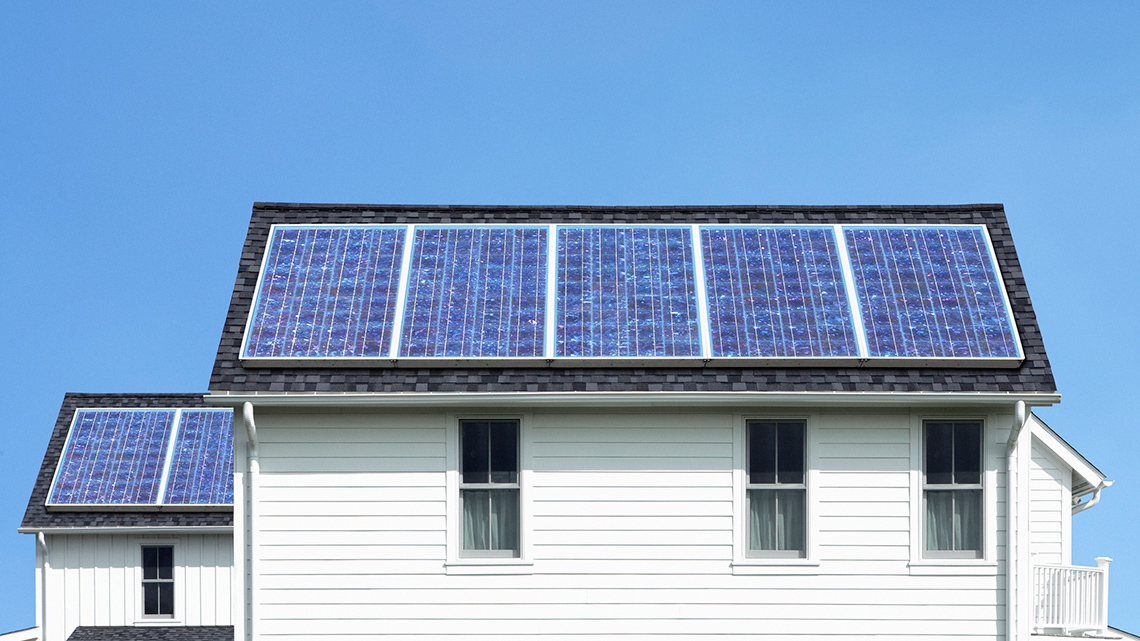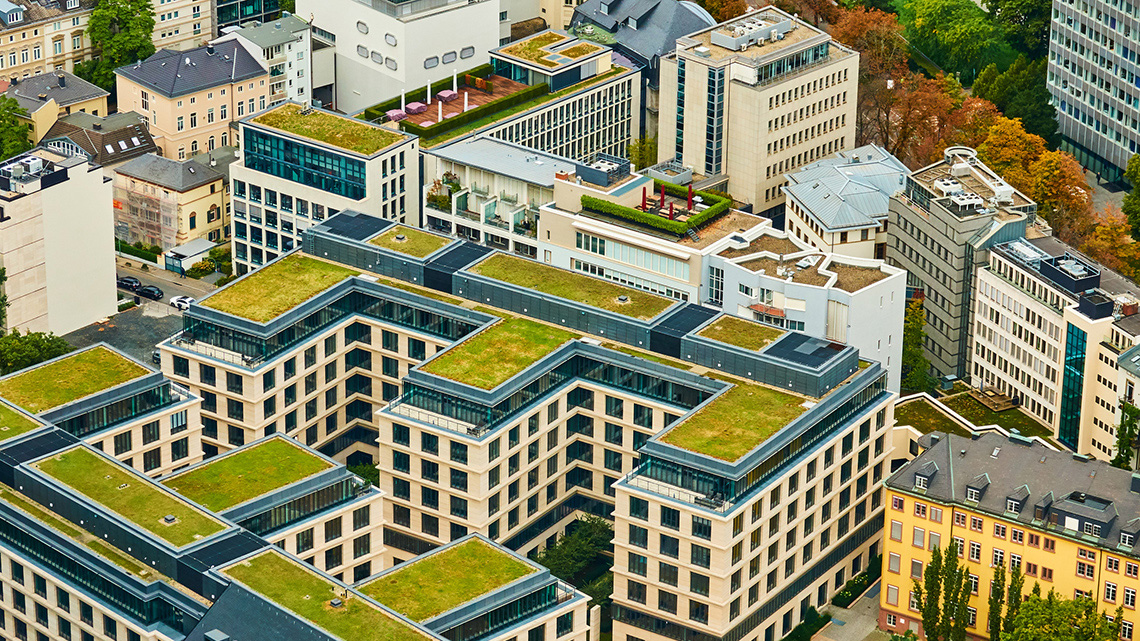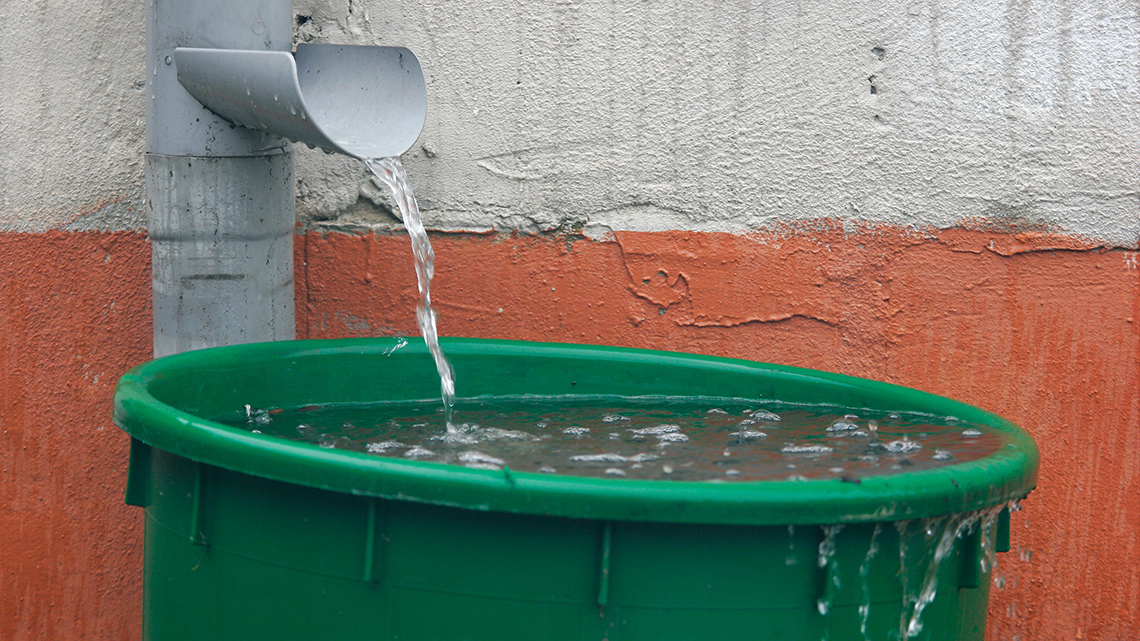Minds On
Animal structures
Many different animals build all sorts of structures.
What is a structure?
A structure is a supporting framework that holds a load and has a definite size, shape, and function.
Structures built by animals can be found in parks, forests, and backyards in all areas of the world. Like humans, animals need shelters to protect them from weather and predators and to keep their young safe.
Brainstorm
Animal structures
- Can you think of any structures that are built by animals?
Record your brainstorm using a method of your choice.
Press ‘Possible Answers’ to access some types of animal structures!
Some types of structures that animals build or use are:
|
burrows |
caves |
dams |
|
hives |
hollow logs |
nests |
|
shells |
tree hollows |
webs |
Explore the following flashcards. Can you guess which animal uses the structures?
Why might each animal in the flashcards choose this structure in this location? Record your ideas in a method of your choice.
Action
Natural engineers
There are many animals that are considered “natural engineers”. This means that they use materials found in the environment to build structures. Explore some of these animals below!
Press the following tabs to check out animals who are natural engineers!
Birds are one of the animals that can build their own structures. The nest that a bird makes is suited to their unique needs. A nest is made of available materials. Birds use and carefully weave together natural materials such as leaves, twigs, feathers, and even things such as string and bits of material.

A weaver bird’s nest
Some birds, such as hummingbirds, even use spider webs to help keep the nests together. Bird nests are designed to provide shelter and protection for eggs and fledgling birds. The shape and size of nests are specific to where the nest is made. For example, nests that are built in trees use branches for support and stability.
Beavers are like nature’s lumberjacks thanks to one of their most powerful tools – their teeth! Beavers’ teeth can cut down whole trees that they use to build dams. Beavers build dams to stop the flow of water and create a home to live in and protect them from predators. Explore more about beavers in the following Hero Elementary video entitled “Eager Beavers”!
So, how does this impact the environment? Beavers actually decrease the likelihood of flooding because their dams release water slowly after a big rainfall which allows more time for land soak it up. When a beaver cuts down a tree, they leave some pieces for other animals to use and creates room for new trees to grow. Finally, beaver dams improve the quality of water by soaking up pollution from humans.
Honeybees use caves, rock openings, and hollow trees to create nests that are made out of multiple honeycombs. The bee takes wax and chews it to make the shape of a honeycomb. A sticky substance known as propolis is collected from trees by the bees. The bees use this sticky substance on their hive to protect it from wind and rain. They use a hexagon shape because it is a very strong structure, and it helps the beehive to keep its shape. They are wonderful and unique natural engineers!
Check out the following video entitled “Behind the Beehive” to learn more about how bees make their hives.
Pause and Reflect
Pause and reflect
Answer the following question in a method of your choice:
Why do you think birds, beavers, and bees make their structures out of these materials? Be sure to use examples from the information shared.
Environmental impact of building structures

Structures have a big impact on the environment. As you explored animal structures, did you notice how beavers’ dams help the environment? How do human-made structures, like houses or stores, impact the environment?
Press the following tabs to explore some impacts of human-made structures.
Sometimes when structures are built, the natural environment is cleared to make room for the human-made structure. When you cut down all the trees in one area to make room for buildings, what do you think happens to the animals and plants in that area?
Many plants, trees, and animals suffer when areas are cleared for buildings. When areas are cleared to build homes, habitats and homes are disturbed. This means animals and birds have to find somewhere else to live, and plant species are destroyed.
Building a home requires the use of different natural resources, such as wood or metals, that are taken from the land. This can damage the landscape and get rid of many of these resources that we need in the environment.
Factories that produce building materials and the vehicles that transport them, as well as vehicles used in the construction process, release lots of harmful pollutants into the environment. This can have negative effects on humans, plants, and animals.
Sustainable structures
So, what can we do? Now that we know there can be harmful impacts to the environment, it is important to consider diverse ideas when building a structure to reduce the impact on the environment. Let’s learn more about green buildings!
A green building works with nature to make the best use of energy, water, and other resources. Explore the following carousel to investigate the features of a green building.
Sustainable materials
One of the most important elements of a green building is the materials that are used to build it. Engineers who design and build the building use sustainable products. These are products that are used up at the same rate that they can regrow or return. For example, using bamboo for flooring or straw for insultation.
To cut down on waste from construction, builders use recycled products. For example, you could use wood scraps to create mulch for the yard.
Based on what you’ve learned so far, sort the following ideas about building structures into positive and negative impacts.
Designing a structure
In the upcoming task, you will plan, design, and if possible, build, either a natural or sustainable structure.
To prepare for this task, we will engage in the following steps of the Engineering Design process: Brainstorm, Plan, and, if possible, Create.

Brainstorming is when you think about ideas like how to solve a problem.

When you plan something, you think about the steps you have to follow and the materials you will need.

It’s time to build. Gather your materials and your plan and start building!
Choice #1: designing a natural structure
In this option, you will be designing and if possible, building a model, of a beaver dam or bird’s nest. Use the graphic organizer provided, or another method of your choice, to record your ideas.
Press the following tabs to check out the steps to design your natural structure.
Design, and if possible, build a stable birds’ nest or beaver dam. Make sure that your nest or dam is stable on its own and withstand the force of wind (for a birds’ nest) or water (for a beaver dam).
You can use the graphic organizer that follows this accordion to complete your task, or another method of your choice.
Brainstorm some possible designs of your structure.
- What materials will you need?
- How will you test if it is stable?
Make a diagram, or create a detailed audio or written description, of your design. Be sure to include a detailed description of what materials are used and where materials are located.
If possible, build and test your structure! Improve the structure after testing it.
Complete the Designing a Natural Structure graphic organizer in your notebook or using the following fillable and printable document. If you would like, you can use speech-to-text or audio recording tools to record your thoughts.

Press the Activity button to access the Designing a Natural Structure.
Activity (Open PDF in a new window)Choice #2: designing a green structure
In this option, you will be designing and if possible, building a model, of a green structure. This could be a house, school, or another building of your choice. Use the graphic organizer provided, or another method of your choice, to record your ideas.
Press the following tabs to check out the steps to design your green structure.
Design, and if possible, build a model of, a structure that has green features to make it more sustainable. You can use the graphic organizer that follows this accordion to complete your task, or another method of your choice.
Brainstorm some possible designs of your structure.
- What materials will you need?
- How will you know if it’s a green structure?
Make a diagram, or create a detailed audio or written description, of your design. Be sure to include a detailed description of what materials are located where.
If possible, build a model of your structure! Seek feedback and improve the structure.
Complete the Designing a Green Structure graphic organizer in your notebook or using the following fillable and printable document. If you would like, you can use speech-to-text or audio recording tools to record your thoughts.
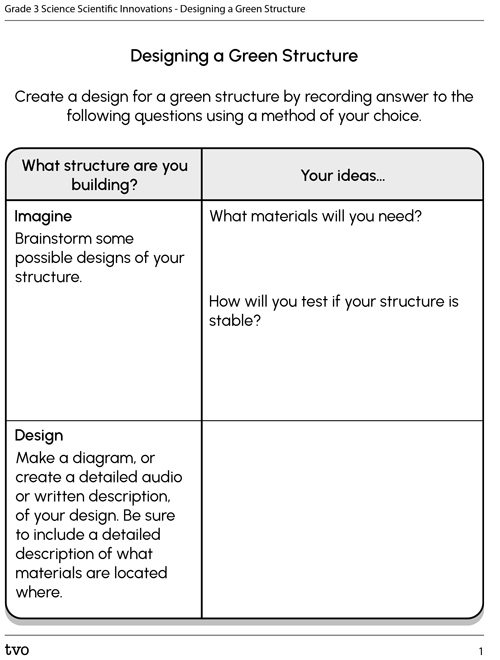
Press the Activity button to access the Designing a Green Structure.
Activity (Open PDF in a new window)Consolidation
Structures and the environment
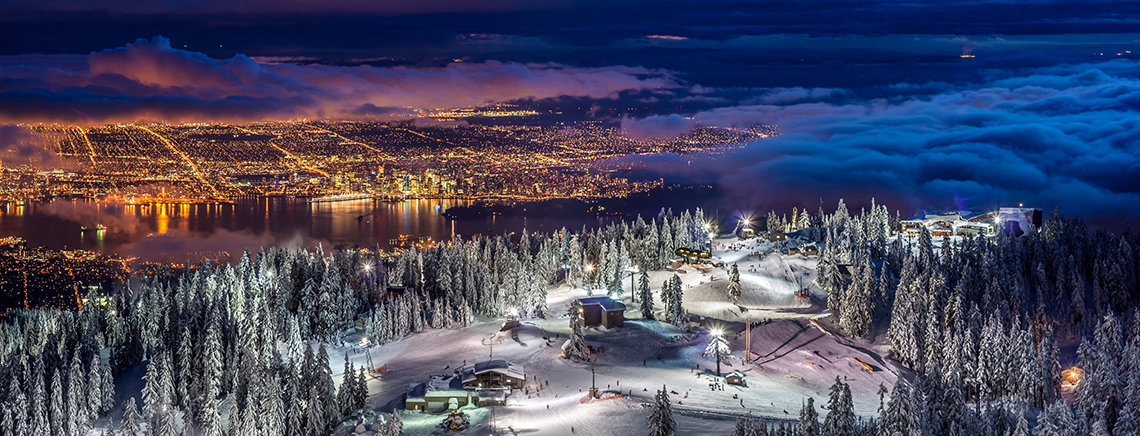
When engineers design for a specific purpose, such as protecting the environment or to recreate an animal’s structure, they often need to explain their design and why they made certain decisions.
Pause and Reflect
Pause and reflect
Respond to the following questions about your structure design using a method of your choice:
- What kind of “green” or natural building materials did you select, and why?
- What kind of impact can structures have on the natural environment?
Reflection
How do you feel about what you have learned in this activity? Which of the next four sentences best matches how you are feeling about your learning? Press the button that is beside this sentence.
I feel…
Now, record your ideas about your feelings using a voice recorder, speech-to-text, or writing tool.
